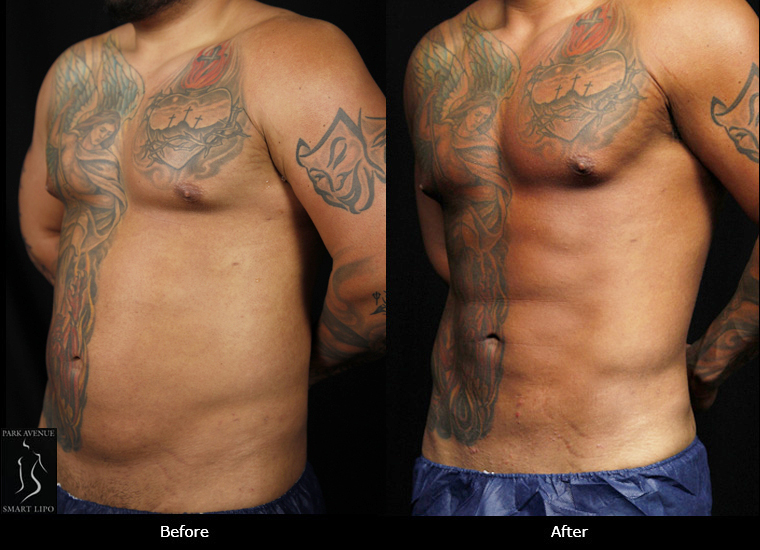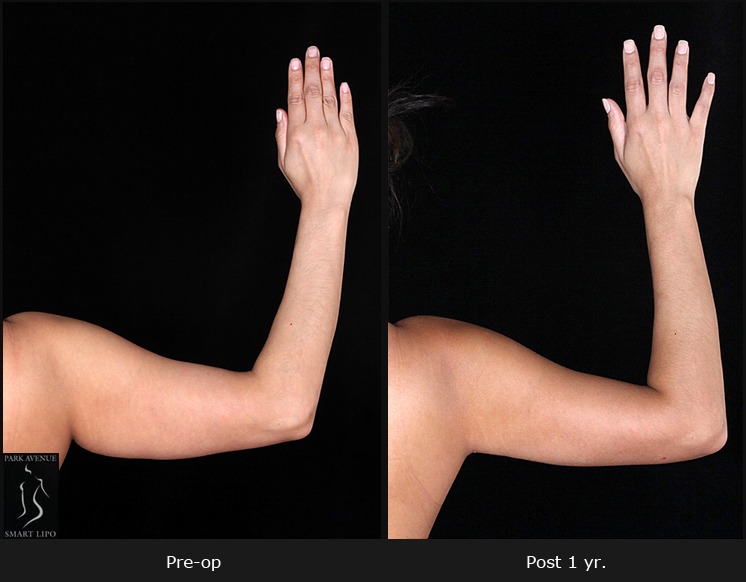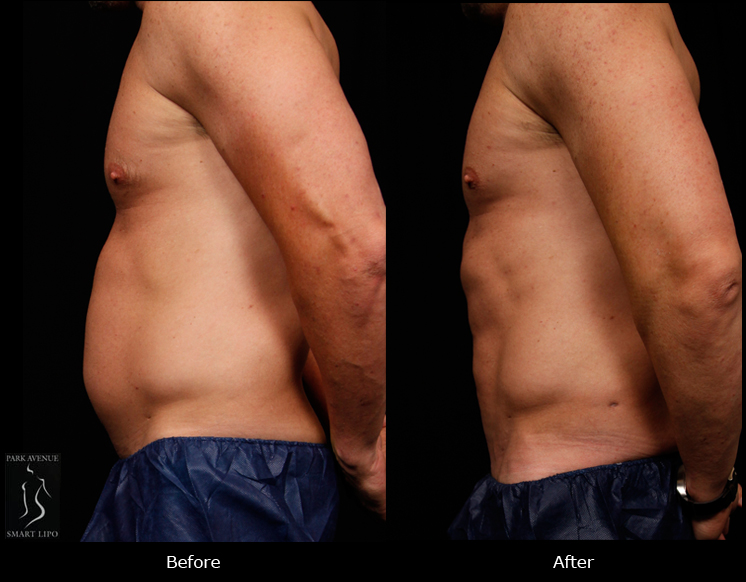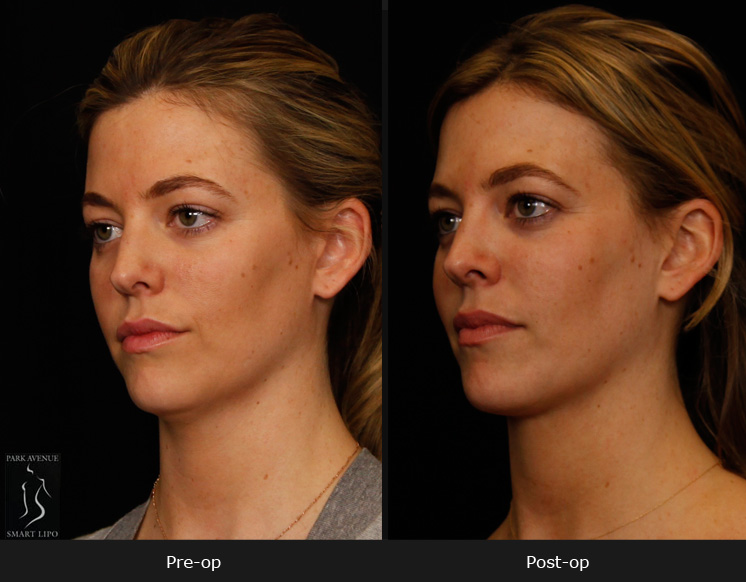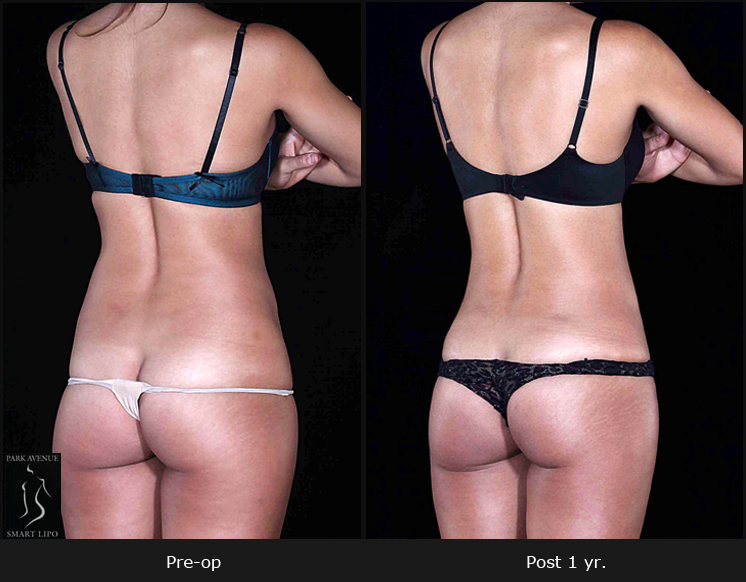Liposuction is a great option for removing stubborn fat and achieving a well-defined body. Unlike traditional liposuction, laser liposuction in Manhattan, NYC, is a minimally invasive treatment. It is performed using the FDA approved Smartlipo Triplex laser lipolysis workstation. This revolutionary workstation features three wavelengths such as 1440, 1064 and 1320nm for disrupting localized fat tissues so that they can be removed easily. It also tightens the skin. This procedure can treat almost all part of the body. For instance, excess tummy fat can be removed through abdomen liposuction.
When you decide to undergo a liposuction procedure, many questions may pop up in your mind. Here are the answers to 6 frequently asked questions on liposuction treatment.
Question 1:
Which liposuction procedure is right for me?
Liposuction can remove stubborn pockets of fat from any area of the body. A Laser liposuction surgeon in Manhattan will determine the suitable option based on the area where there are stubborn pockets of fat. For example, calves liposuction in New York addresses excess fat deposition on the calves.
Surgeons perform liposuction using different methods. Some may combine conventional and traditional methods. Advanced technology assisted liposuction like Smartlipo Triplex liposuction allow patients to achieve their goals without going under the knife. Surgeons will choose the suitable treatment method depending on patient considerations. An experienced laser liposuction surgeon in Manhattan will also customize treatment to meet the needs of their patient.
Question 2:
How is liposuction performed?
There are different methods of liposuction and each procedure is performed in different ways. In a minimally invasive laser assisted treatment technique like Smartlipo Triplex, small incisions are made on the treatment area after administering local anesthesia. Then, the small cannula of the device is inserted under the skin through the incision. The insert cannula uses three laser wavelengths to liquefy and remove the excess fat from the body without disrupting surrounding tissues. The main advantage of this technique is that it tightens the skin and allows the surgeon to contour the body effectively. Manhattan laser liposuction surgery also involves less bruising and swelling than the conventional option. Laser liposuction is performed as an outpatient procedure under local anesthesia.
Question 3:
Am I a suitable candidate?
For liposuction procedure, irrespective of technique, candidates should meet following criteria:
- Must be 18 or above 18 years old
- Should be healthy
- Should not have any serious medical condition
- Should not smoke
- Should have localized deposits of fat that are resistant to diet and exercise
- Should have a healthy body weight
- Should have healthy and elastic skin
- Should have realistic expectations
Question 4:
How can I prepare for the procedure?
It is important to prepare well before undergoing the procedure:
- Do some research to get an idea about liposuction facts
- Take steps to ensure that you are close to your ideal weight.
- Prepare a diet plan for maintaining your health and supporting a faster healing process.
- Eat foods containing high antioxidants like omega 3, all kind of berries, celery, cucumber, oils like olive oil or walnut oil and so on
- Stay hydrated by drinking water and healthy fluids
- Stop smoking. Don’t drink alcohol for at least 2 weeks before and after the procedure
- Inform your surgeon about medicines you take
- Start medications like vitamins based on your surgeon’s recommendations for a proper and faster healing process, building new collagen and to decreasing swelling.
- Avoid blood thinning medications like aspirin that increase the risk of bleeding
- Arrange for someone to drive you to and from the surgical center on the day of procedure
- Arrange for post-treatment care, at least for a period of 24 hours
Question 5:
What is recovery like?
Recovery period may vary with the procedure you had, the amount of fat removed and other considerations. However, after most procedures, patients return back to their routine within a few weeks. You can resume exercise 2 weeks after the surgery based on your surgeon’s advice. Avoid heavy exercises during the recovery phase.
It would take at least 6 months to heal completely. If you are in a physically demanding job, it is better to resume work after six months. Over this period, swelling and bruising will subside. Wearing a compression garment as advised can ease swelling and bruising faster.
The other factors like your lifestyle may affect the healing process. Follow your surgeon’s advice for better and faster results.
Question 6:
What are the results I can expect?
Swelling and bruising would take several weeks to go down after the surgery. The final result will begin to be visible soon after the swelling and bruising has subsided. It’s important to have realistic expectations about the results. Though liposuction removes the stubborn fat cells permanently, some cells would remain. Over the years, with weight gain or aging, these cells can grow and affect your outcome. So, maintaining a stable ideal weight is essential to maintain results for a longer period.
Choosing the right plastic surgeon is important. An experienced plastic surgeon in Manhattan will have the skills to use the capabilities of the Smarlipo device to provide the best results. Experts will also know the right amount of fat to remove for safe and effective body contouring. Evaluating before and after photos of other patients of the surgeon will provide proof of their artistic skill. Manhattan liposuction surgeons in AAAASF accredited plastic surgery center will guide you and make you comfortable throughout the procedure.

